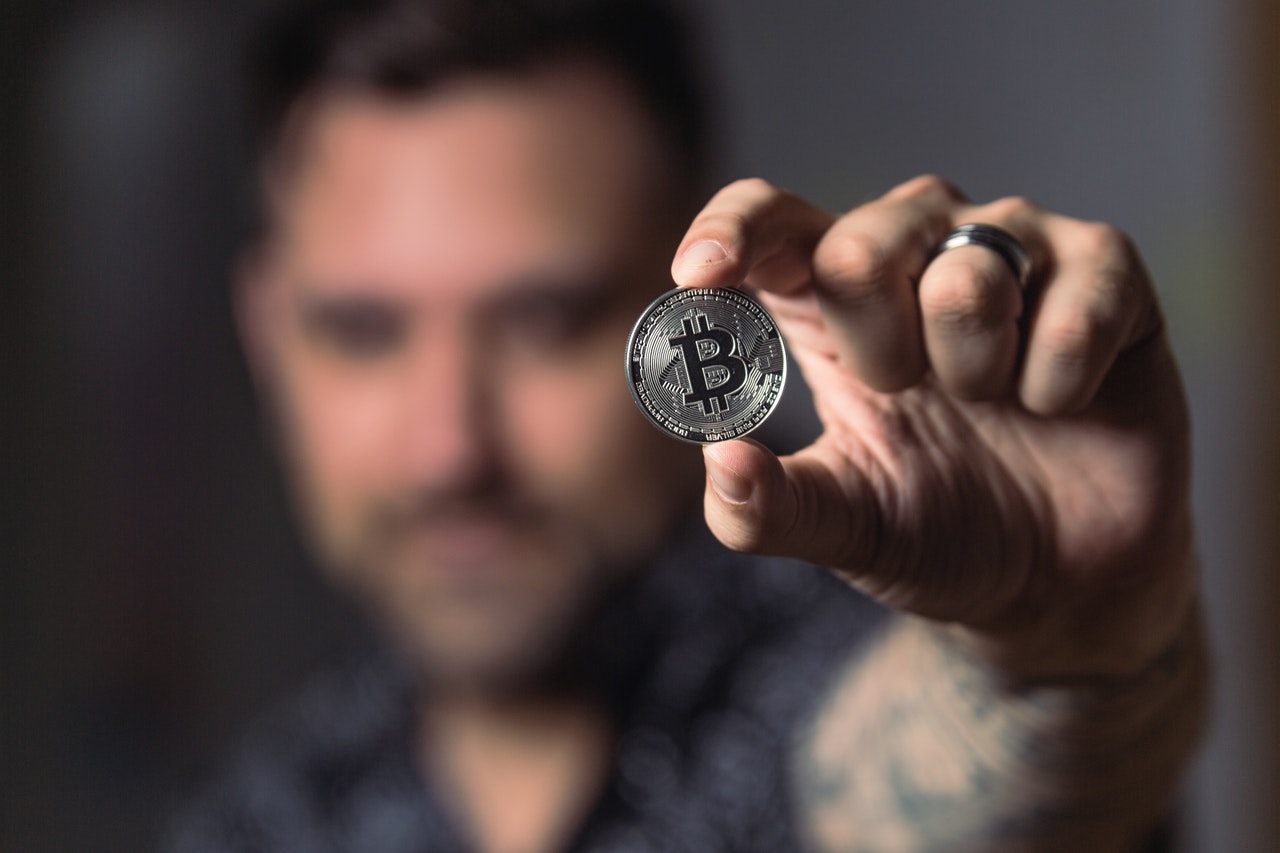Cryptocurrency – A real trend or a red flag?
I have planned like 3 or 4 posts on investment so there was no topic better other than the skyrocketing digital currencies or as more conveniently, cryptocurrencies. The arrival of the intangible money has gone through phases – ups and downs as it treads a path that is dominated by a very established system, if not one of the most. The reason the investment news agencies today have a dedicated section to cryptocurrencies and have been tracking major ones’ prices like how they do with stocks, exchange pairs or precious metals is all because of somebody’s, well some say a group’s, well thought-out and executed plan and it was named Bitcoin (BTC, for short) with its existence only getting bolstered despite scandals, bubble accusations or volatile movements surrounded its barely-older-than-a-decade lifetime.
The Emerge of Crypto
The infamous mastermind behind Bitcoin, Satoshi Nakamoto registered bitcoin.org, the homepage of the cryptoking (once an RPG player, always an RPG player), on 18 August 2008 and in about 10 weeks, released the paper Bitcoin: A Peer-to-Peer Electronic Cash System on a cryptography mailing list. Bitcoin’s codes were made public as opposed to the identity of Nakamoto.
The genesis block, the original starting block of the chain, was mined by Nakamoto on 3rd January, 2009 with the coinbase text including a news headline from The Times underlining the fragility of fractional-reserve banking. First recipients of Bitcoins were Hal Finney and the first commercial transaction with the currency was made by Laszlo Hanyecz who had bought 2 pizzas for 10,000 BTC – equivalent of roughly 388.000.000 USD today. WAY TO GO, HANYECZ !
Nakamoto with his 1 million BTCs disappeared in 2010 turning the keys of the system over to Gavin Andresen who is now the lead developer at Bitcoin Foundation. If you will Batman-exit, do it the Nakamoto-way.
Initial suspicions over the network were mostly based on its widespread use in blackmarkets of the deep web, such as the notorious Silk Road where anything was up for sale with its price on currency that was virtually untraceable.
How is BTC doing?
The main complaints about BTC turning out to be an actual form of currency is, well, its intangible presence exists in a wallet that is intangible as well. People had a hard time grasping this and everything so ambiguous could only mean scam, yet it’s like electricity. You do not see it but it is real.
Its volatility, although has been stabilized to a certain extent, holds truth as it is a new form of currency that could easily be affected by rumours and news surrounding it, as well as being in a certain amount makes it always swayable in a certain direction.
Having completed a bull-run in the last 3 months that took 1 BTC getting sold for 11.500 USD to 38.800 USD at the time of writing of this article, breaking through its all-time high previously set at 19.783 USD back at the end of 2017, Bitcoin certainly has proved itself as the currency nouveau having been traded as futures by ICE, the owner of NYSE.
BTC is a topic that would need more to cover satisfactorily, not only by itself but also through allowing other digital coins (altcoins) to show up and create a market of its own, and I’d be happy to write more on it in my future posts.
For now, let’s skip to its closest kin in magnitude, Ethereum in my next post.
As 50 Cent once said: “Get rich or die tryin!”
Anıl Uzun
